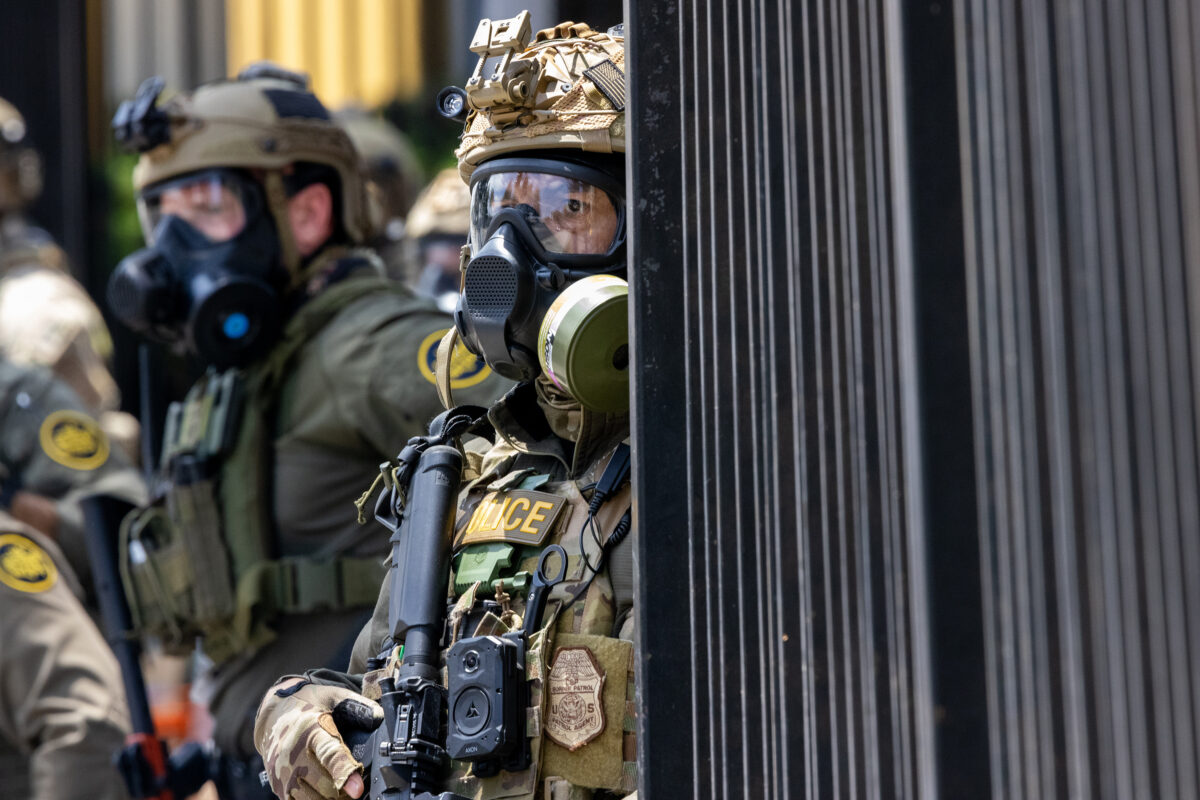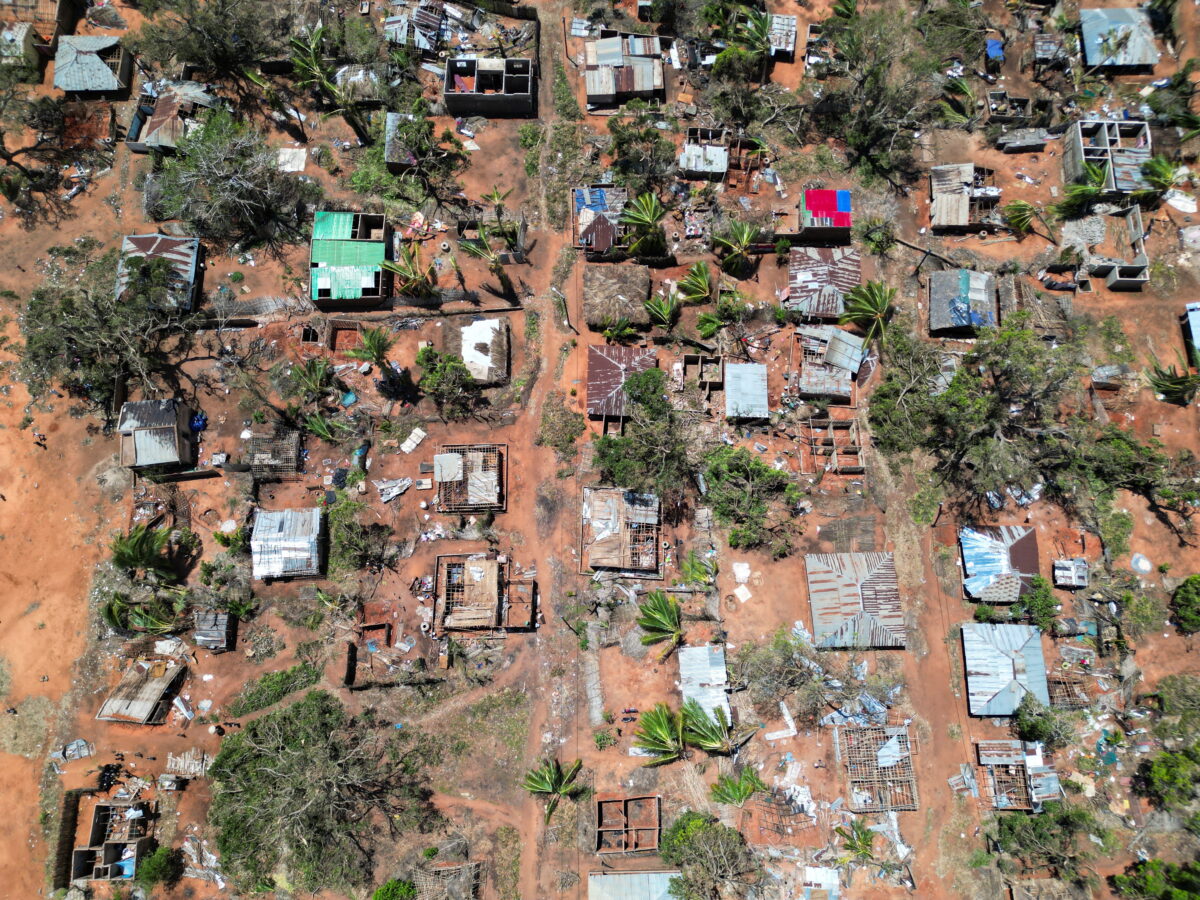Ramadi Haze
In my last post, I mentioned that
[The Islamic State] reportedly used the cover provided by a dust storm to gain a military advantage during the start of their assault last week; American warplanes were unable to provide air support for the Iraqi forces under attack owing to poor visibility.
Well, it turns out that the New York Times article that I referenced, which was based on remarks by unnamed “current and former American officials,” may have gotten its facts wrong. That is if new reports prove correct, which contend that there was no dust storm at all, just “minor dust and haze” that had “zero impact” on coalition air flights, according to Colonel Patrick Ryder, a spokesman for US Central Command.
Department of Defense spokesman Colonel Steven Warren echoed the point, saying,
What we know is that there was weather, that the weather did not impact our ability to conduct air strikes, but we are coming to the understanding that the commander on the ground believed otherwise and that was one of the factors that contributed to his decision to reposition.
So, the obvious question is What was the weather like in Ramadi when IS began its assault on Thursday (May 14) and Friday (May 15) of last week?
Unfortunately, Weather Underground’s data for May 14 is incomplete. WU reports hazy conditions between 5 AM and 7 AM, but most of the rest of the day is “unknown” with desultory reports of overcast and mostly cloudy conditions. WU’s May 15 data is more complete; the conditions are “unknown” for only 2.5 hours during during daylight hours. The conditions on Friday alternated between clear and partly cloudy conditions throughout the day.
In cases of actual dust storms, WU records “widespread dust,” as was the case in Salt Lake City last month, where visibility was reduced to a quarter of a mile.
While historical weather data seems to corroborate the new narrative that an Iraqi general used a little haze as an excuse to retreat, a number of tweets, a set of photos by the Associated Press, and a surprising lack of air support muddy the water.
Searching Twitter for “الرمادي” (Ramadi in Arabic) on May 14 yielded two tweets with photos referencing the weather:
#الرمادي -الان pic.twitter.com/sKFffq9e12
— حمامه بعد الحذف (@hmama8) May 14, 2015
and
#الرمادي اجواء غائم تماما وعاصفه ترابيه خفيفه اللهم مكن جنود الخلافه من فتح الرمادي اللهم امين يارب العالمين pic.twitter.com/NK157HIQjA
— الانباري11 (@DHUYUTEQ) May 14, 2015
The first tweet, by @hmama8, says, “Ramadi – now.” While it does look quite hazy, it’s hard to determine the extent of the dust because of a lack of reference objects in the picture. The second tweet, by an IS supporter judging by his profile, is even more ambiguous. @DHUYUTEQ tweeted that cloudy skies and a light dust storm allowed IS to enter Ramadi. The pictures accompanying the tweet, unfortunately, are not helpful at all — there are no reference objects present, and, given the color of the images, they are likely not of weather conditions at all, but rather a reference to the fact that “ramadi” means “gray” in Arabic.
What’s more, there are only four tweets mentioning a “dirt storm” (“عاصفة ترابيه”) in conjunction with Ramadi on May 14 and 15 (all of which were posted on May 14), and no tweets mentioning a “sand storm” (عاصفة رملية). (Note that “dirt storm” is more commonly used than “dust storm” in Arabic.)
Omitting the Arabic word for “storm” and just searching for the terms “dirt” (“ترابيه”) and Ramadi on May 14 and 15 yielded one additional tweet, but it was @DHUYUTEQ’s mentioned above.
Additional Twitter searches using different combinations of weather related terms were also fruitless.
It appears, then, that Twitter posts from Ramadi on May 14 somewhat corroborate the notion that the weather in Ramadi at the start of the IS assault was dusty and cloudy. However, the extent of the dust, judging by the tweets alone, is difficult to gauge.
By contrast, several photos taken by the AP seem to provide a better idea of just how hazy and dusty conditions were on May 14:
Security forces defend their headquarters against attacks by Islamic State extremists during sand storm in the eastern part of Ramadi, the capital of Anbar province, 115 kilometers (70 miles) west of Baghdad, Iraq, Thursday, May 14, 2015. Islamic State extremists tend to take advantage of bad weather when they attack Iraqi security forces positions, an Iraqi officer said.
In any case, CENTCOM and the DoD maintained that the weather, however bad it was, wasn’t bad enough to proscribe coalition air support. If so, it’s curious that air support wasn’t provided May 14 at the start of IS’s assault. On May 14, the DoD reported that coalition airstrikes took place “in Syria and Iraq between 8 a.m., May 12, and 8 a.m., May 13, local time.” The next report of airstrikes was posted on May 16:
Coalition military forces continued to attack ISIL terrorists in Syria and Iraq between 8 a.m., May 15, and 8 a.m., May 16, local time … Near Ramadi, four airstrikes struck one large and three small ISIL tactical units, destroying four ISIL vehicles, three ISIL structures, two ISIL fighting positions and an ISIL VBIED.
So presumably there were no airstrikes conducted on May 14 — the day of the “sand storm” or “minor dust and haze,” depending on who one asks — but four airstrikes were conducted the following day and seven more the day after that.
A recent article by the Washington Post‘s Loveday Morris seems to provide the best explanation for the dearth of coalition air support on May 14:
Residents and fighters in the city said the weather was largely clear after the initial attack on Thursday, which occurred during a light dust storm. That dust, however, may have allowed the Islamic State fighters to position themselves before the assault, undetected by aerial surveillance.
Reluctant to be drawn into a combat role, the Obama administration has held back from deploying spotters on the ground to relay real-time information to nearby attack aircraft, limiting the capabilities of strikes.
If this is correct, then it’s possible that both narratives contain kernels of truth — the weather conditions on May 14 may indeed have had no effect on the US-led coalition’s ability to conduct airstrikes, but the lack of visibility may have contributed to the coalition’s inability to identify IS targets to strike.


